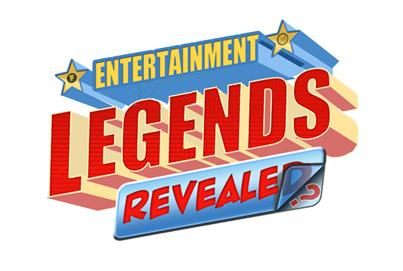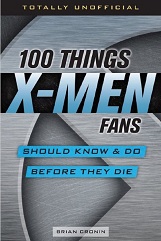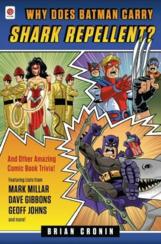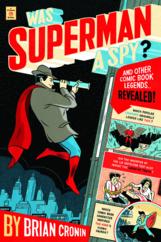Here is the latest in a series of examinations into urban legends related to board games and whether they are true or false. Click here for an archive of all board game urban legends so far.
BOARD GAME URBAN LEGEND: Monopoly was once ruled a generic term and un-trademarkable.
As noted in the last Board Game Urban Legend, Parker Brothers had a specific version of the history of Monopoly that went pretty much unchallenged until the mid-1970s, when aa San Francisco State University economics professor named Ralph Anspach attempted to sell a game called Anti-Monopoly.
Here is a second edition of Anti-Monopoly…
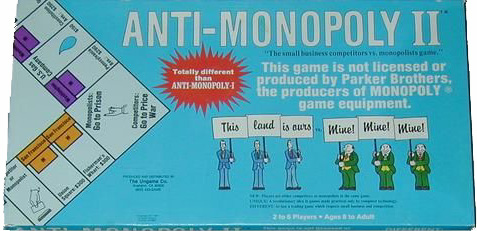
Parker Brothers tried to stop him, and in the long legal squabble that ensued (which Anspach took all the way to the Supreme Court!), the history of Monopoly was finally brought to light.
Read the rest of this entry »
February 13th, 2014 | Posted in Board Game Legends Revealed, Grab Bag Legends | 5 Comments
Here is the latest in a series of examinations into urban legends about movies and whether they are true or false. Click here to view an archive of the movie urban legends featured so far.
MOVIE URBAN LEGEND: Mel Blanc, the voice of Bugs Bunny, was allergic to carrots.
Mel Blanc was a famed voice actor, known for voicing many famous characters in many different cartoons over his career, which spanned parts of six decades! Besides being one of the most prolific voice actors ever (his tombstone features his well-earned nickname, “The Man of 1000 Voices”), he is also likely the most acclaimed voice actor of all-time. In other words, he wasn’t just prolific, he was good.
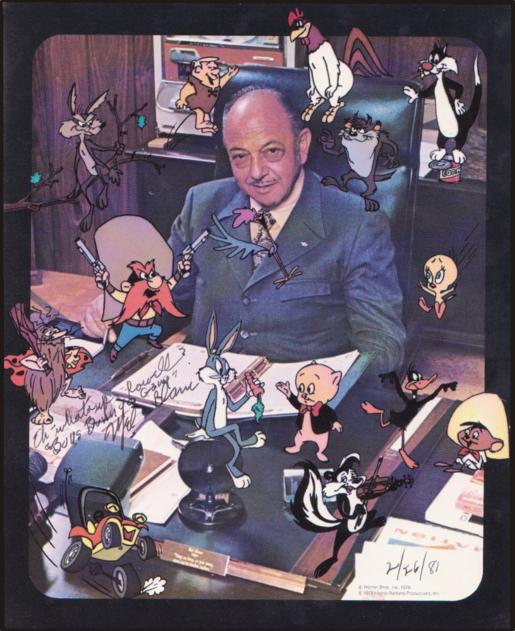
However successful Blanc was the man of 1000 voices, though, one voice in particular is still his best known role (which is saying a lot for a guy who voiced such famous characters as Porky Pig, Daffy Duck and Barney Rubble), and that is his performance as the voice of Bugs Bunny, the most popular character from the extremely popular Looney Tunes film shorts from Warner Brothers during the 1930s through the 1960s (Bugs himself debuted in 1940’s A Wild Hare).
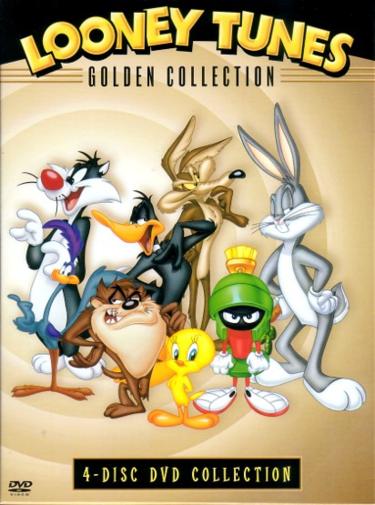
Blanc was the voice behind Bugs Bunny for almost fifty years, from Bugs’ debut right up until Blanc’s death in 1989. So for a guy whose most famous role was a rabbit, it’d be pretty darn funny if he was allergic to carrots, right? That’s the legend surrounding Mel Blanc and Bugs Bunny, that Blanc was actually allergic to carrots. Is it true?
Read the rest of this entry »
February 12th, 2014 | Posted in Movie Legends Revealed | No Comments
Here is the latest in a series of examinations into urban legends related to board games and whether they are true or false. Click here for an archive of all board game urban legends so far.
BOARD GAME URBAN LEGEND: Monopoly was created by Charles Darrow.
BOARD GAME URBAN LEGEND: The predecessor to Monopoly was created to demonstrate the teachings of Georgism.
For years, it has been basically a given that Charles Darrow created Monopoly. Heck, if you go to Parker Brothers’ official website for Monopoly, you’ll see on their history of Monopoly page…
It was 1934, the height of the Great Depression, when Charles B. Darrow of Germantown, Pennsylvania, showed what he called the MONOPOLY game to the executives at Parker Brothers. Can you believe it, they rejected the game due to “52 design errors”! But Mr. Darrow wasn’t daunted. Like many other Americans, he was unemployed at the time, and the game’s exciting promise of fame and fortune inspired him to produce the game on his own. With help from a friend who was a printer, Mr. Darrow sold 5,000 handmade sets of the MONOPOLY game to a Philadelphia department store. People loved the game! But as demand for the game grew, he couldn’t keep up with all the orders and came back to talk to Parker Brothers again. The rest, as they say, is history! In its first year, 1935, the MONOPOLY game was the best-selling game in America. And over its 65-year history, an estimated 500 million people have played the game of MONOPOLY!
While that is certainly TRUE, what is also true is that Darrow basically just re-named an existing game.
The history of Monopoly really begins in a very unlikely place – the philosophical theories of Henry George.
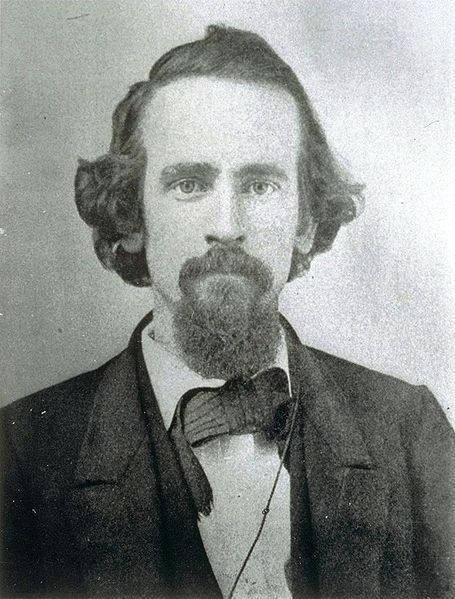
Read the rest of this entry »
February 11th, 2014 | Posted in Board Game Legends Revealed, Grab Bag Legends | 3 Comments
Here is the latest in a series of examinations into urban legends about movies and whether they are true or false. Click here to view an archive of the movie urban legends featured so far.
MOVIE URBAN LEGEND: Lalo Schifrin re-used his rejected score for The Exorcist for The Amityville Horror.
Lalo Schifrin was the original composer for the score to 1973’s The Exorcist…
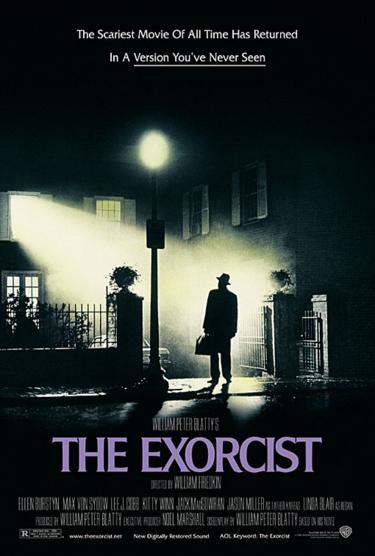
However, when his music for the film’s initial trailer were deemed too scary (mostly that it was too discordent), he was asked to tone down the music. Well, at least the studio THOUGHT they were telling him when they asked the director of the film, William Friedkin, to relay the message.
Friedkin hated the score, though, so he instead just fired Schifrin.
The Exorcist ended up using a variety of songs, notably including Mike Oldfield’s “Tubular Bells,” which had just been released the previous eyar.
Five years later, Schifrin did the score to the hit horror film, The Amityville Horror…
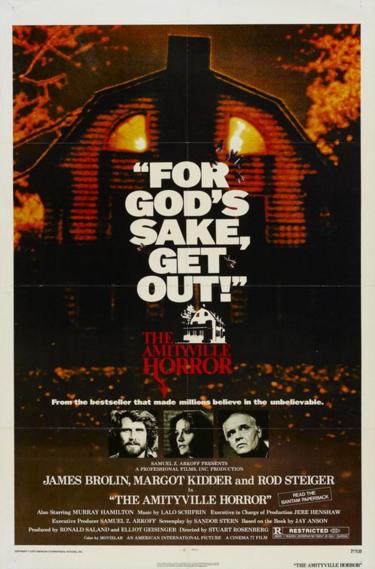
Since the release of The Amityville Horror, people have been asking/presuming that Schifrin re-used his rejected score for The Exorcist for Amityville.
Read the rest of this entry »
February 10th, 2014 | Posted in Movie Legends Revealed | 1 Comment
Here is the latest in a series of examinations into urban legends about movies and whether they are true or false. Click here to view an archive of the movie urban legends featured so far.
MOVIE URBAN LEGEND: David Mamet’s first work writing for films was in Garage Girls, Who Stole My Wheels?…and it was rejected!
David Mamet is one of the most acclaimed American playwrights of the last fifty years…

His work on the stage during the 1970s expanded into the world of movies by the beginning of the next decade, and he has had great success in the film industry, being nominated for two Academy Awards for screenwriting (and many of his plays have been adapted to the screen, most notably Glengarry Glen Ross).
He has had a longtime working relationship with a number of actors from his days in Chicago, with William H. Macy and Joe Mantegna being two of the most notable actors associated with Mamet.
Here’s Mamet with Mantegna and a third friend of theirs, Jack Wallace…
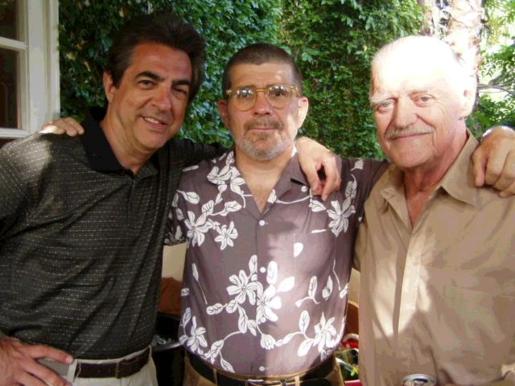
It was on a Mantegna movie that Mamet got his first film experience, although it wasn’t much of an experience.
Read the rest of this entry »
February 7th, 2014 | Posted in Movie Legends Revealed | No Comments
Here is the latest in a series of examinations into urban legends about movies and whether they are true or false. Click here to view an archive of the movie urban legends featured so far.
MUSIC URBAN LEGEND: The Rolling Stones almost did not release “(I Can’t Get No) Satisfaction” because Keith Richards felt that the famous riff sounded too similar to another song.
Let’s say that you wake up in the middle of the night and you have a great beat in your head. Would you think that you just came up with a really cool riff, or would you think that you must be remembering a song you heard somewhere?
I think most of us would tend toward the latter, but as it turns out, even famous musicians sometimes think that are in the latter category, as seen with the interesting case of Keith Richards and “(I Can’t Get No) Satisfaction.”
In one of the most famous stories about rock ‘n’ roll (and one of the coolest), Keith Richards woke up one night with the famous guitar riff to “(I Can’t Get No) Satisfaction” in his head, along with the words “I can’t get no satisfaction.”
He got his tape recorder and recorded the riff and the words and then went back to bed.
He then brought the song to his writing partner, Mick Jagger, who wrote the rest of the lyrics and worked out the melody (remember, all they had was “da da…da da da da”) and they completed the song that would soon become the signature hit of the Rolling Stones, and one of the most famous songs in rock ‘n’ roll history.
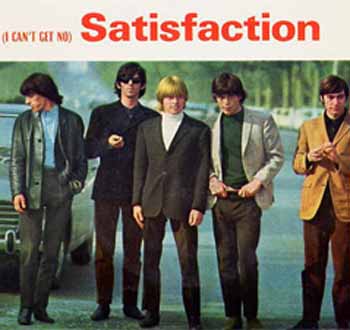
Only the Stones almost never released the song!
Read the rest of this entry »
February 4th, 2014 | Posted in Music Legends Revealed | 4 Comments
Here is the latest in a series of examinations into urban legends about movies and whether they are true or false. Click here to view an archive of the movie urban legends featured so far.
MUSIC URBAN LEGEND: AC/DC was named after a slang term for bisexuality or a sly satanic reference.
As I mentioned last time out, the Australian rock band AC/DC has had a good deal of rumors told about them.
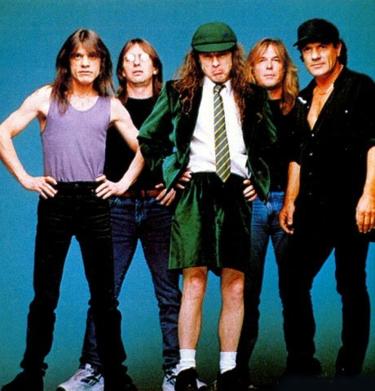
Last time I addressed the fact that Angus Young (co-founder of the band along with his brother, Malcolm Young) fudged his age so that he could pretend to be a teenager (due to his schoolboy costume that he would wear on stage – a costume he wore due to a suggestion from his sister, Margaret).
This time around, let’s discuss two of the many, many different theories as to why AC/DC was called AC/DC.
Read the rest of this entry »
February 3rd, 2014 | Posted in Music Legends Revealed | 4 Comments
Here is the latest in a series of examinations into urban legends about TV and whether they are true or false. Click here to view an archive of the TV urban legends featured so far.
TV URBAN LEGEND: A TV series continued production even after one of the two leads on the show killed himself.
I would never dream of begrudging shows continuing when one of their leads die. I mean, obviously, The Royal Family was not going to last long past Redd Foxx’s death or Chico and the Man after Freddy Prinze’s suicide, but when you’re in charge of a television program that employs dozens of people, I don’t think it is unfair at all to consider those people’s jobs and continue the show even if the chances are that the show won’t recover from the death of one of the leads.
However, few shows reacted as oddly to a lead’s death as Alias Smith and Jones, which never even halted production!!
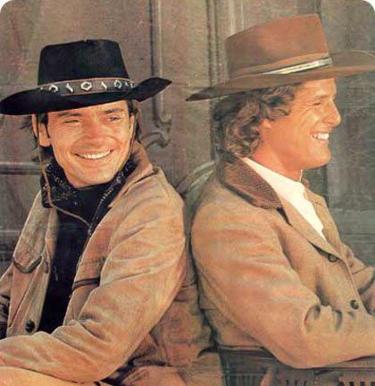
Read the rest of this entry »
January 30th, 2014 | Posted in TV Legends Revealed | 6 Comments
Here is the latest in a series of examinations into urban legends about TV and whether they are true or false. Click here to view an archive of the TV urban legends featured so far.
TV URBAN LEGEND: Star Trek: The Next Generation used Sherlock Holmes characters in an episode not knowing that the characters were not yet in the public domain.
Late last month, there was a notable court ruling determining that Sherlock Holmes and the other characters introduced in Arthur Conan Doyle’s Sherlock Holmes stories before 1923 were now officially public domain (although Doyle’s post-1923 stories still have copyright protection). It is a complicated quagmire of intellectual property rights (just today, there seems to be more confusion developing regarding the rights) and the complicated nature of the rights seemed to be an issue way back in the late 1980s when Star Trek: The Next Generation pitted the crew of the Enterprise against Sherlock Holmes’ main nemesis, Professor Moriarty.
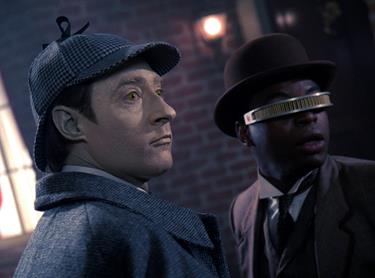
Did the creators of Star Trek: The Next Generation seriously not know that Sherlock Holmes was not yet in the public domain when they wrote the characters into the 1988 second season episode “Elementary, Dear Data”?
Read the rest of this entry »
Tags: Star Trek
January 29th, 2014 | Posted in TV Legends Revealed | 1 Comment
Here is the latest in a series of examinations into urban legends about theater and whether they are true or false.
THEATER URBAN LEGEND: Tennessee Williams’ first published standalone work was a story in the pulp magazine, Weird Tales!
Tennessee Williams is one of the most celebrated playwrights of the 20th Century (and one of the most celebrated American playwrights without qualification).
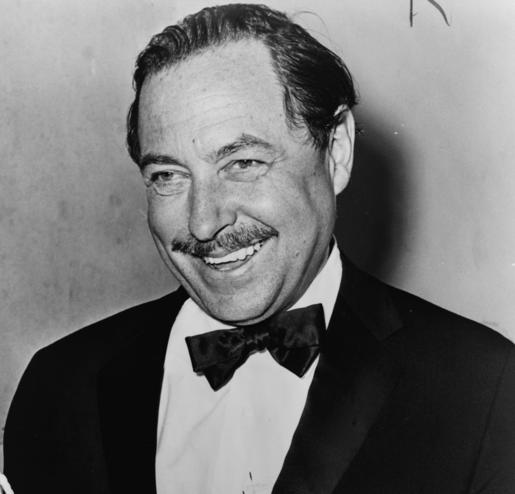
Between 1944 and 1960, he wrote some of the most famous plays in the history of American Theater…
And his first professional standalone work?
It appeared in the pages of Weird Tales magazine!
Read the rest of this entry »
January 28th, 2014 | Posted in Grab Bag Legends, Pulp Fiction Legends Revealed, Theater Legends Revealed | 1 Comment

